Gravitational potential energy is a fundamental concept in physics, revealing the stored energy an object possesses due to its position in a gravitational field. As an object moves within or against gravity, understanding this potential energy becomes crucial in comprehending the dynamics of gravitational forces. This introduction will delve into the basics, significance, and applications of gravitational potential energy, unravelling its role in shaping our understanding of the physical world.
Elevating Understanding: Unveiling the Mysteries of Gravitational Potential Energy
What Is Gravitational Potential Energy?
Gravitational potential energy is a concept in physics that describes the energy stored in an object due to its position in a gravitational field. It is one of the forms of potential energy, which is energy that an object possesses based on its position, state, or condition.
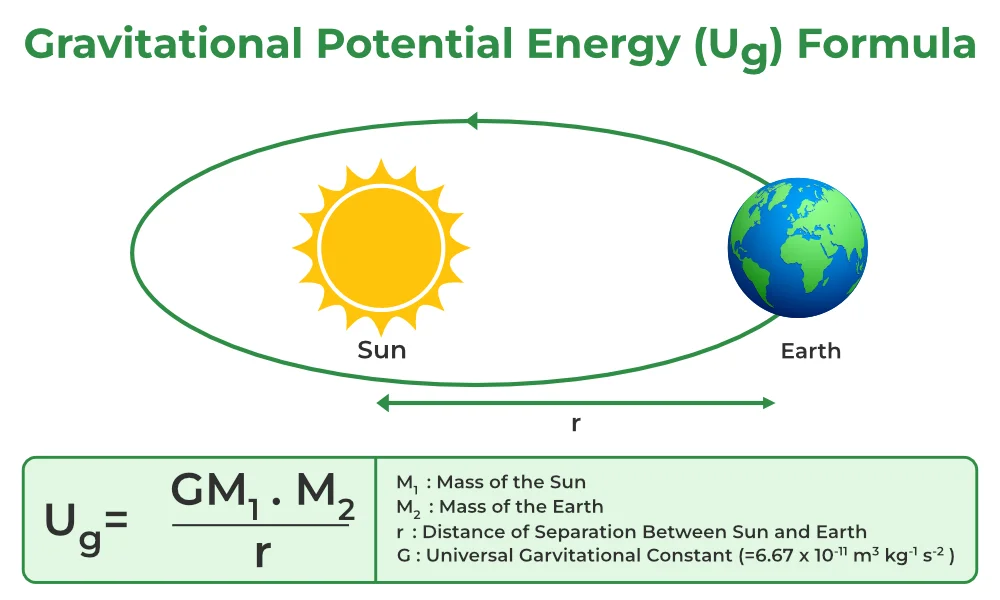
The gravitational potential energy (U) of an object near the surface of the Earth is given by the formula:
U=m⋅g⋅h
Where:
-
U is the gravitational potential energy,
-
m is the mass of the object,g is the acceleration due to gravity (approximately 9.8 m/s2 on the surface of the Earth), h is the height or vertical distance above a reference point (often the Earth's surface).
Key points about gravitational potential energy:
Dependence on Height: The gravitational potential energy of an object is directly proportional to its height above a reference point. As the object is lifted higher, its gravitational potential energy increases.
Zero Reference Point: The choice of a zero reference point is arbitrary, but it often corresponds to the surface of the Earth. In this case, when an object is at the same level as the reference point, its gravitational potential energy is zero.
Work Done and Energy Conservation: Gravitational potential energy is associated with the work done in lifting an object against gravity. When an object falls, the potential energy is converted into kinetic energy. This relationship is expressed by the law of conservation of energy.
Units: The unit of gravitational potential energy is the joule (J) in the International System of Units (SI).
Negative Potential Energy: In some contexts, gravitational potential energy may be considered negative when measured below the reference point. This convention is often used in physics problems to simplify calculations.
-
Application in Physics: Gravitational potential energy is essential in understanding various phenomena, such as the motion of projectiles, the behaviour of falling objects, and the dynamics of celestial bodies.
Derivation of gravitational potential :
The gravitational potential energy (U) can be derived based on the work-energy principle. The work done (W) against gravity in lifting an object is stored as potential energy. The formula for work done against gravity is the force multiplied by the displacement in the direction of the force.
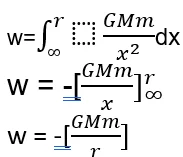
The formula for work done (W) is given by:
W=Force×Displacement
For lifting an object against gravity, the force is the weight of the object (mg), and the displacement is the height (h). Therefore:
W=mgh
Now, according to the work-energy principle, the work done is equal to the change in kinetic energy (ΔKE):
W=ΔKE
In the case of lifting an object vertically, the change in kinetic energy is the gravitational potential energy gained (U):
W=U
Setting W equal to U, we get:
U=mgh
G.P of Point Mass:
The gravitational potential (V) due to a point mass can be expressed mathematically using the formula derived from the gravitational potential energy. For a point mass M at a distance r from a point in space, the gravitational potential (V) is given by:
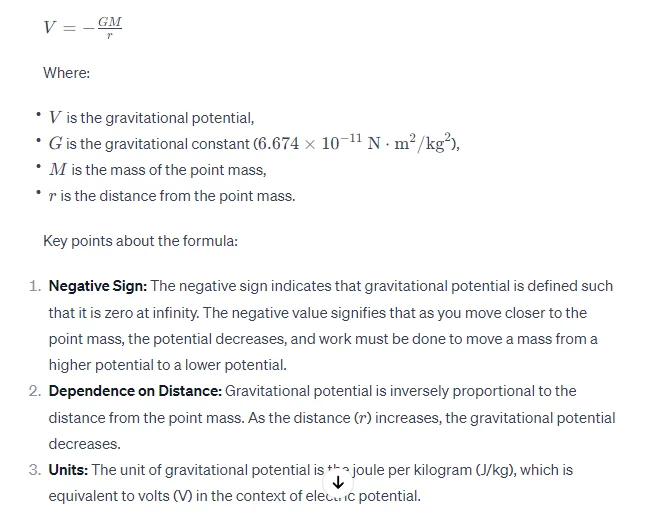
Spherical Shell
A spherical shell refers to a three-dimensional geometric shape that is created by the surface traced by a closed curve rotating about an axis in three-dimensional space. In the context of physics and mathematics, a common example is a spherical shell in the form of a hollow sphere.
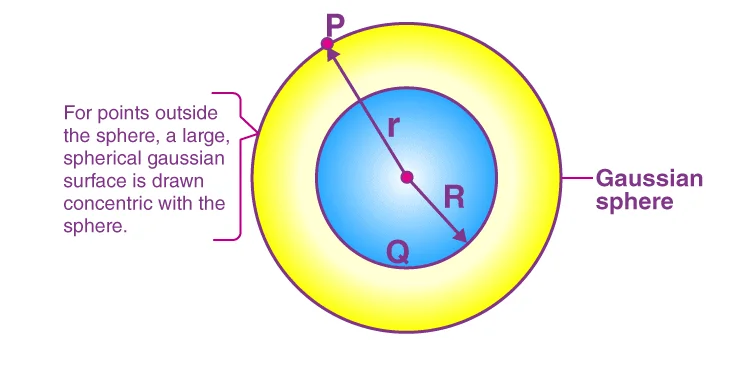
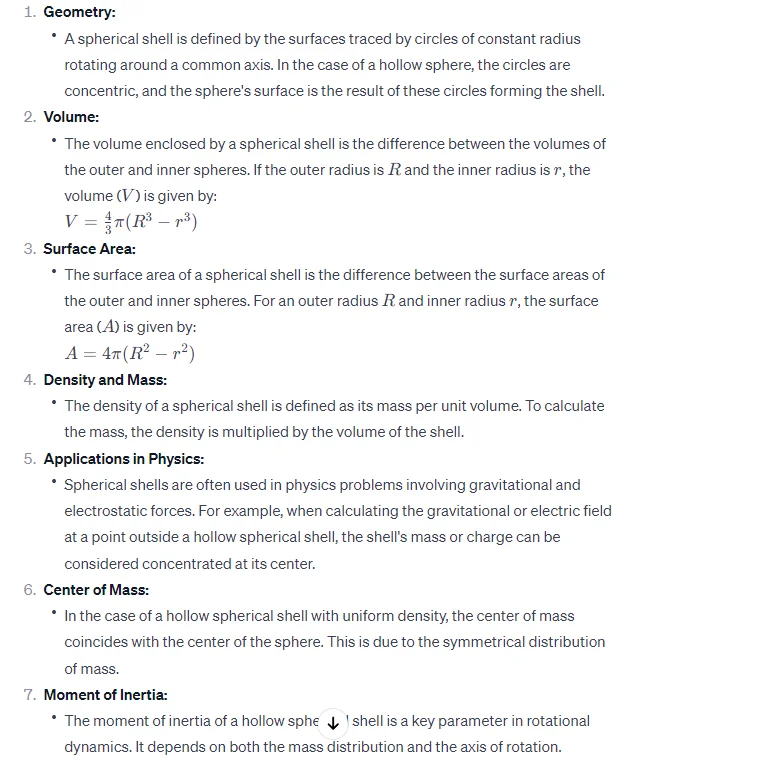
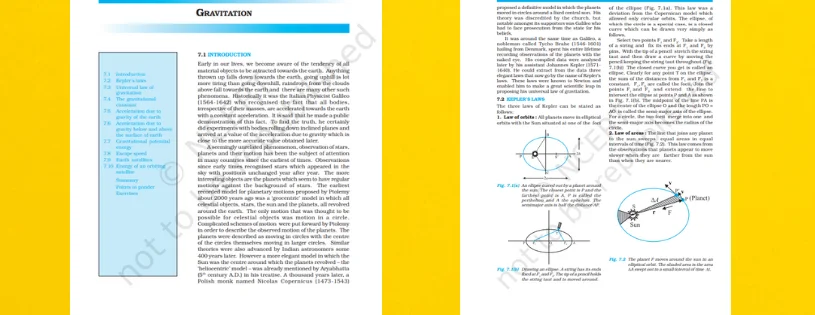
Download physics notes
Intensity vs Potential:
Electromagnetic Waves:
Intensity (I): In the context of electromagnetic waves, intensity refers to the amount of energy transmitted per unit time through a unit area perpendicular to the direction of propagation. For example, in the study of light waves, the intensity of light is related to the amplitude of the electric and magnetic fields.
Potential: In electromagnetism, the term "potential" is often associated with electric potential or voltage. Electric potential is a scalar field that describes the electric potential energy per unit charge at a point in space. The potential difference between two points determines the flow of electric current.
Acoustics:
Intensity (I): In acoustics, intensity represents the amount of energy carried by a sound wave per unit time through a unit area perpendicular to the wave's direction. It is related to the amplitude of the sound wave.
Potential: In acoustics, the term "potential" may refer to the concept of acoustic potential energy, which is associated with the compression and rarefaction of air particles in a sound wave.
Gravitational Fields:
Intensity: The term "intensity" is not commonly used in the context of gravitational fields. Gravitational fields are typically described in terms of gravitational potential energy and gravitational potential.
Potential: Gravitational potential is a scalar field that describes the gravitational potential energy per unit mass at a point in space. It is often used in the context of gravitational fields, and the difference in gravitational potential determines the gravitational force.
Nuclear Physics:
Intensity: In the context of nuclear physics, intensity may refer to the rate of emission of particles or radiation from a radioactive source.
Potential: In nuclear physics, the term "potential" might be used in the context of the nuclear potential, which describes the potential energy associated with the nuclear force between nucleons.
CBSE Class 11th Downloadable Resources:
Being in CBSE class 11th and considering the board examinations you must be needing resources to excel in your examinations. At TestprepKart we take great pride in providing CBSE class 11th all study resources in downloadable form for you to keep you going.
Below is the list of all CBSE class 11th Downloads available on TestprepKart for both Indian and NRI students preparing for CBSE class 11th in UAE, Oman, Qatar, Kuwait & Bahrain.
SAMPLE PRACTICE QUESTIONS OF SIGNIFICANT FIGURES:
Q1 What is gravitational potential energy?
Answer: Gravitational potential energy is the energy stored in an object due to its position in a gravitational field. It is the potential energy associated with the gravitational force acting on an object.
Q2 How is gravitational potential energy calculated?
Answer: The gravitational potential energy (U) is calculated using the formula U=m⋅g⋅h, where m is the mass of the object, g is the acceleration due to gravity, and h is the height above a reference point.
Q3 What is the reference point for gravitational potential energy?
Answer: The reference point for gravitational potential energy is arbitrary and can be chosen based on convenience. Common choices include the surface of the Earth or infinity. The height (ℎ) is measured from this reference point.
Q4 Why is gravitational potential energy negative when an object is on the ground?
Answer: Gravitational potential energy is often defined with a negative sign when the object is at the reference point or on the ground. This convention simplifies calculations, indicating that work must be done to lift the object to a higher position where gravitational potential energy is positive.
Q5 How does gravitational potential energy relate to kinetic energy?
Answer: According to the conservation of energy, gravitational potential energy is converted into kinetic energy and vice versa. As an object falls, its gravitational potential energy decreases, and its kinetic energy increases, and vice versa when the object rises.
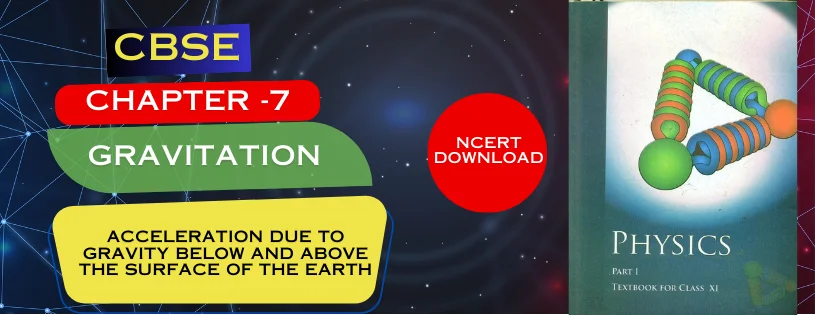

Post a Comment